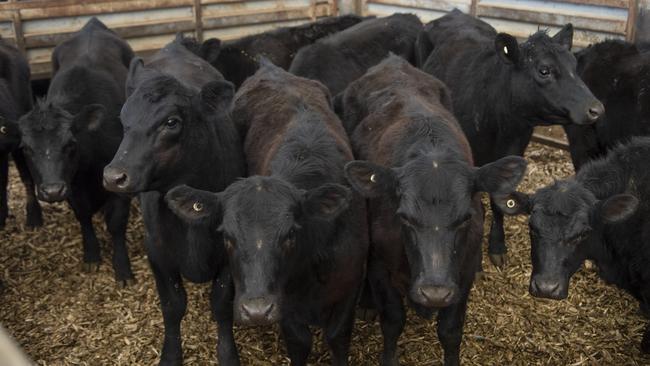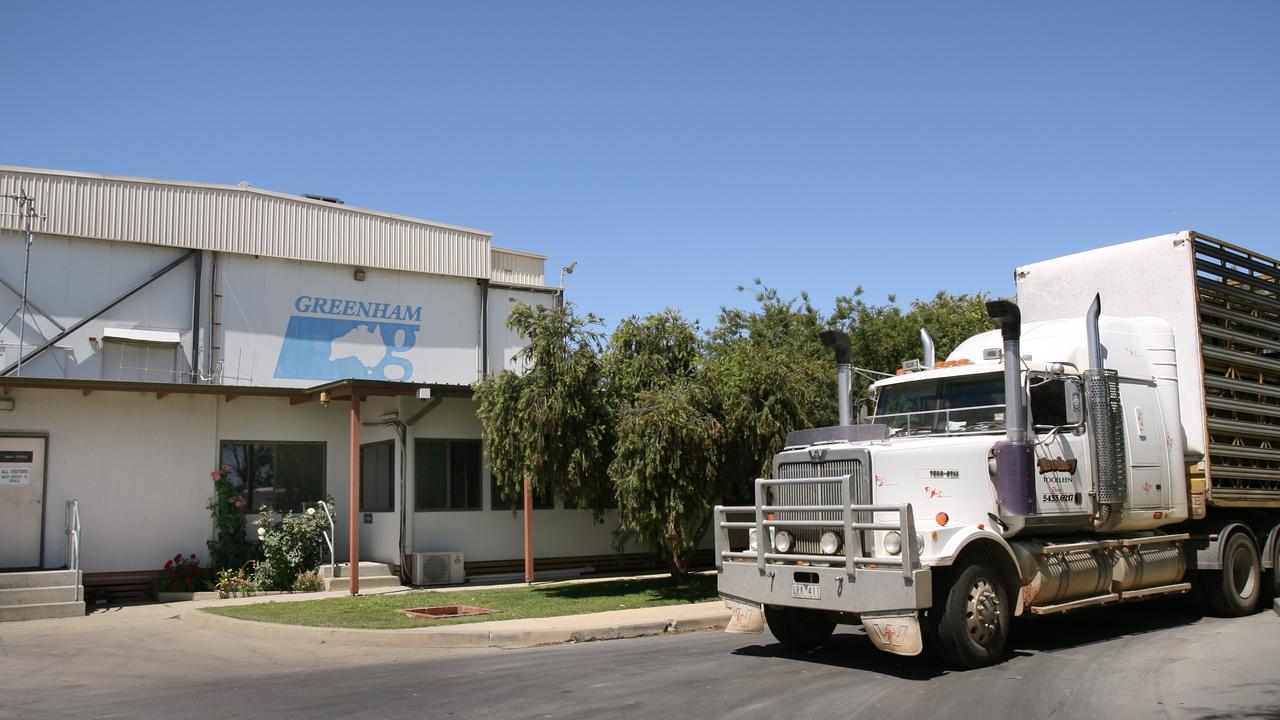Cattle buyers shying away from paying top dollar
Heavy export-grade cattle are easing in value as the year comes to an end. And the lower price trend is also flowing through to store markets.

A CATTLE price correction is underway in Victorian markets as producers and processors start to shy away from paying the huge money forked out through spring.
This week has seen clear prices hits recorded - particularly on Victorian export grade cows and bullocks. The weaker trend has also been evident at store markets.
Prices fell in southern markets yesterday, with 10 cents to 20 cents per kilogram was wiped off sales.
The slowdown also extended into the store market, with nearly all grades of cattle selling at
cheaper levels on the AuctionsPlus online system last week.
Agents also reported cheaper trends - down $50 to $80 - for store cattle sold at the monthly
Echuca sale earlier this week, although so far the specialist yardings of premium weaner steers held their value.
There, heavy steers over 400kg sold at reduced rates compared to recent markets, with liveweight prices dipping below 400c/kg on the lead run of older cattle aged from 14 to 20 months.
Meanwhile, price corrections for export grade prime cattle have been linked to difficult overseas trading conditions, a slowdown in demand from northern plants as they head towards Christmas closures, and heavier cattle becoming available as the season matures in southern grazing areas.
Data collected by the National Livestock Reporting Service shows Victorian saleyard rates for cows, heavy steers and yearling steers to processors are now tracking behind NSW and Queensland.
Price averages listed earlier this week were:
SLAUGHTER cows in Victoria at 264c/kg, compared to 268c/kg in Queensland and 267c/kg in NSW;
HEAVY steers at 350c/kg in Victoria, against 362c/kg in NSW and 353c/kg in Queensland; and
YEARLING steers to processors at 399c/kg in Victoria compared to 425c/kg in NSW.
The 200 or so bullocks sold at Pakenham in Gippsland earlier this week were quoted as 10-25c/kg cheaper by the NLRS.
The main run of better shaped grown steers weighing from 600kg to 750kg made from 348c/kg to 367c/kg.
With the good weights coming through in steers price averages in dollar per head terms were still tracking between $2200 to $2400.
Bullocks sold at Mortlake in the Western District on the same day also suffered similar price falls, showing a range of 290c/kg to 352c/kg.
In the cow market there were odd sales of very good beef females making over 300c/kg, but only in isolated cases.
The general run of slaughter cows eased down to between 250-290c/kg.
Younger cattle selling to domestic processors and feedlots have also slipped, although not as
severely as older and heavier animals.
Corrections of around 10 cents were common on earlier this week.
However there ere solid sales recorded for well very bred steers and heifers that still made from 400-430c/kg, with odd sales to 460c/kg.
Meanwhile, in the lamb market, erratic prices have been recorded for lamb and mutton in the past week as the market comes under pressure from bigger supplies in the south and mixed quality as the season progresses.
Hamilton in the Western District is now in the peak of its selling period, yarding nearly 34,000 lambs earlier this week, with a bigger yarding anticipated on Wednesday.
Prices at Hamilton this week were quoted as $5 to $10 easier by the National Livestock Reporting Service, which noted bidding became “erratic’’ as the auction progressed.
Some analysts are pointing to a rising Australian dollar as a cause for concern for exporters.


